Cleaning vs Sanitising vs Disinfecting: What's the difference and why are they all important!
30 August 2023
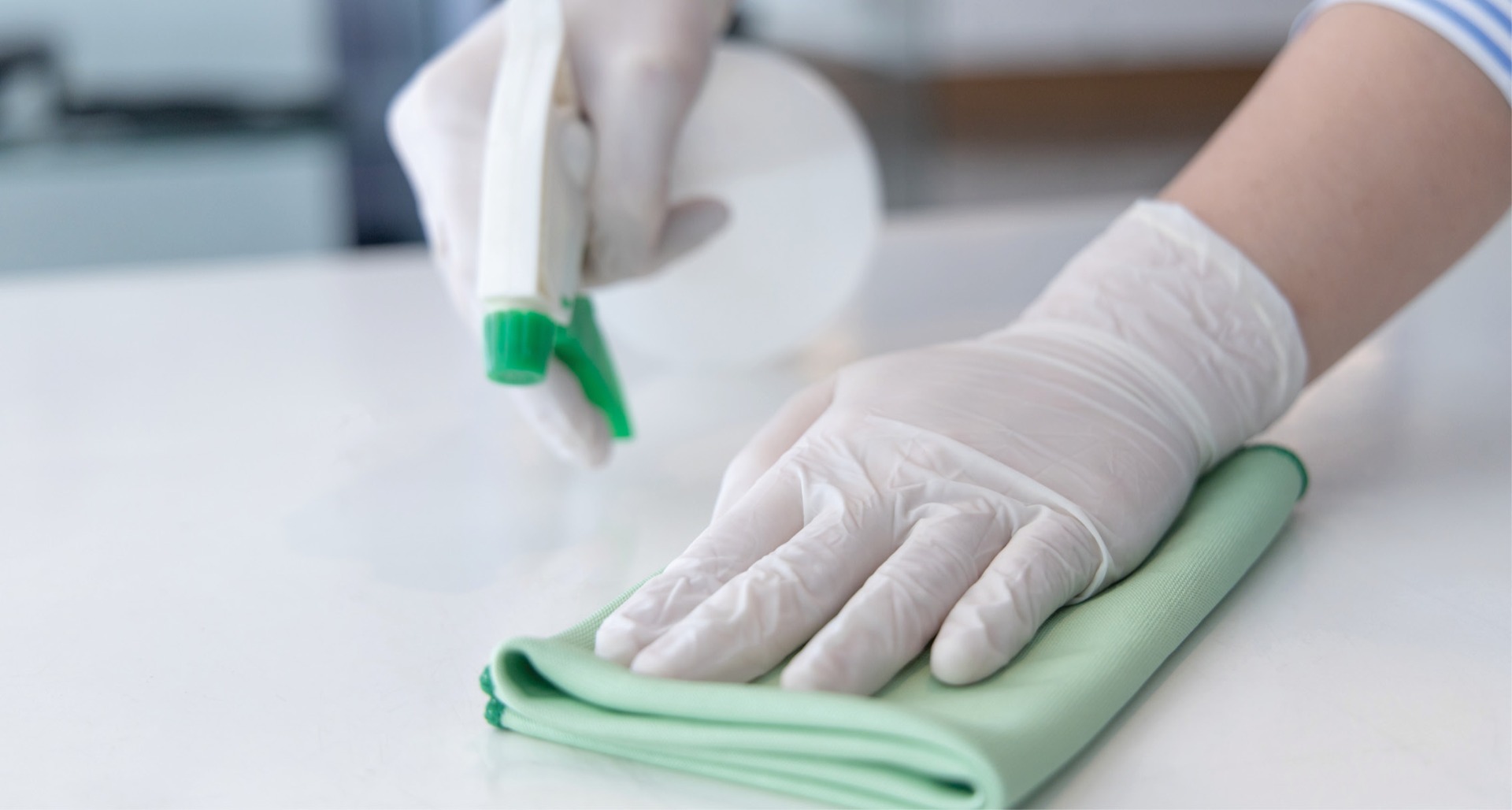
A clean and hygienic workspace is essential for any business. Regardless of the industry, maintaining a clean, germ-free environment keeps employees, customers, and guests safe and coming back. Now more than ever, it’s important to know the difference between the three levels of cleanliness and when and where to initiate each one.
- Level 1: Cleaning
- Level 2: Sanitising
- Level 3: Disinfecting
It is important to understand the difference between the terms cleaning, sanitising, and disinfecting, as they are technically not interchangeable, and each has a specific meaning. Understanding the difference will help you choose the correct cleaning products for your business and give you the confidence to know when and where to use each one.
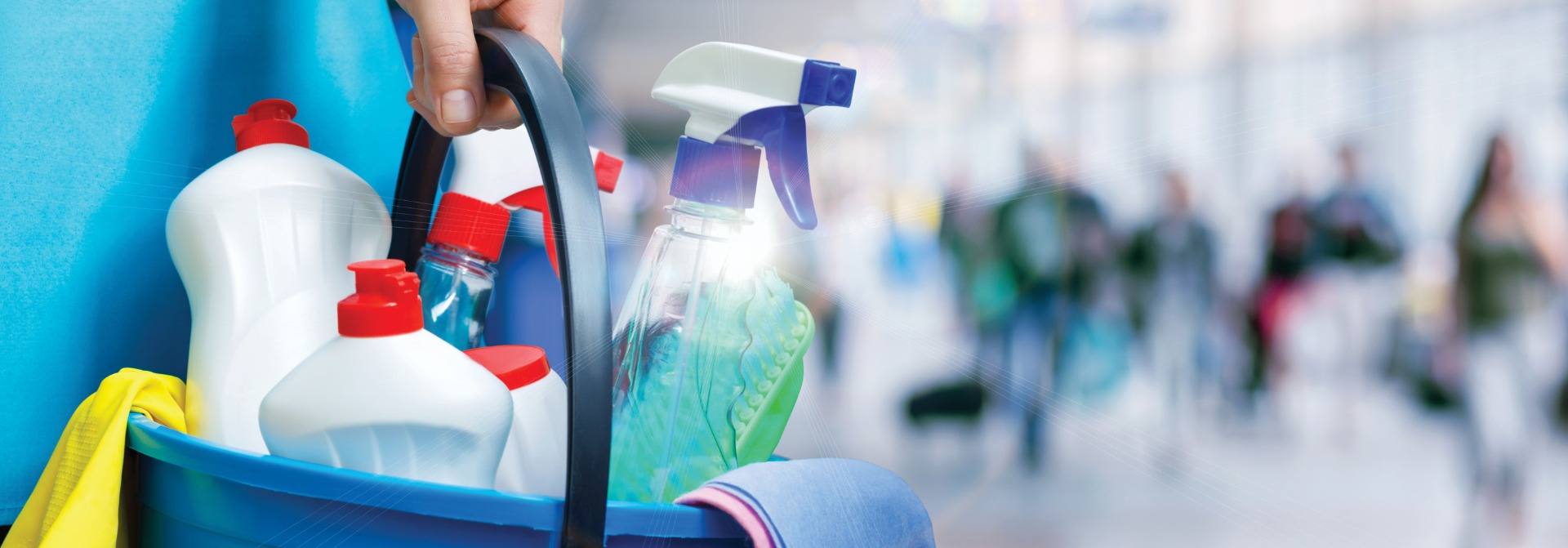
Cleaning
Cleaning is always the first step before moving on to sanitising or disinfecting. Simply put, cleaning is the process of removing visible dirt, dust, lint, and other noticeable soils from surfaces. This step can include vacuuming, sweeping, mopping, or wiping away dust and dirt without necessarily removing or killing any bacteria.
Microfibre clothes are a great addition to any arsenal of cleaning tools. Their natural static charge makes them more effective at picking up dust, and their high fibre count makes them more absorbent than regular cleaning clothes. Made of 100% recycled polyester, our Oates R-Microlife Clothes are a more environmentally sustainable alternative to traditional cleaning clothes and paper towels. They can be used dry for some light dusting, or you can pair them with water or a multipurpose spray like our Orange Squirt Spray & Wipe Multi-Surface Cleaner to effectively remove fingerprints, greasy soils, and stubborn dirt without the use of chemicals.
Cleaning is ideal for areas that may become dirty but don’t harbour bacteria. Common zones needing a simple clean without the added steps of sanitisation or disinfection might include single-occupant desks and workstations or display areas where things are seen but never touched. Computer screens, monitors, TVs, and ornaments can get dusty but rarely contain bacteria. These areas typically only need a simple, light clean.
Never skip cleaning before sanitising or disinfecting because dirt and organic debris can make some disinfectants less effective.
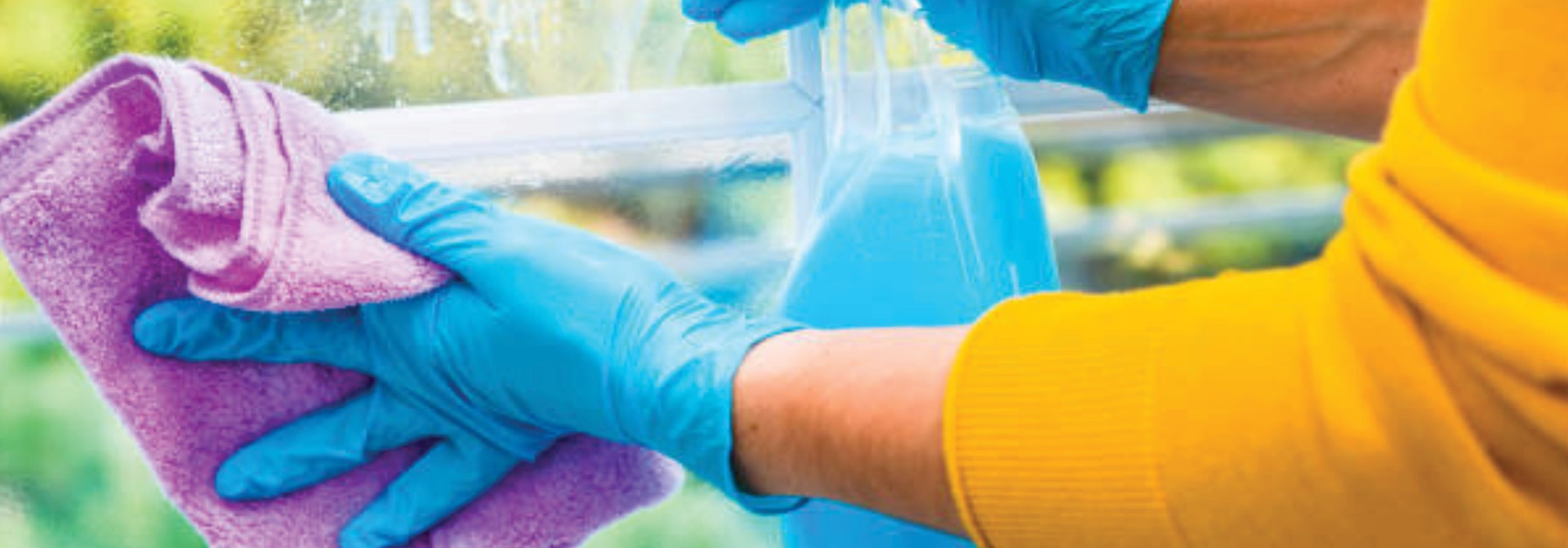
Sanitising
Sanitising is the second level of cleaning and removes bacteria and germs from surfaces you can’t see. Sanitising immediately reduces contamination or bacteria to a safe level. It doesn’t require the same time that disinfectants need to kill the germs completely. Sanitising can be gentler than disinfecting as it often doesn’t need the same harsh chemicals. For a greener antibacterial multipurpose product, our RapidClean Spray & Wipe is ideal for sanitising all hard surfaces, from windows to floors and countertops.
Sanitising is particularly important for high-traffic areas and areas where food is prepared or served. Our Sabco Antibacterial Surface Wipes are great for sanitising high-touch areas like doorknobs, light switches, elevator buttons, taps, furniture handles and countertops which need regular sanitising. In addition, shared computer mouses, keyboards, remote controls, phones, and headsets should also be sanitised frequently. Properly sanitising these areas can effectively reduce the risks of cross-contamination or spreading germs and illnesses.
Providing hand sanitiser in high-traffic areas is another great way to prevent the spread of germs. Our CleanPlus Instant Hand Sanitiser is quick drying with no sticky feel.
While sanitising doesn’t eliminate all germs, it helps maintain a healthier and more hygienic work environment that cleaning alone cannot.
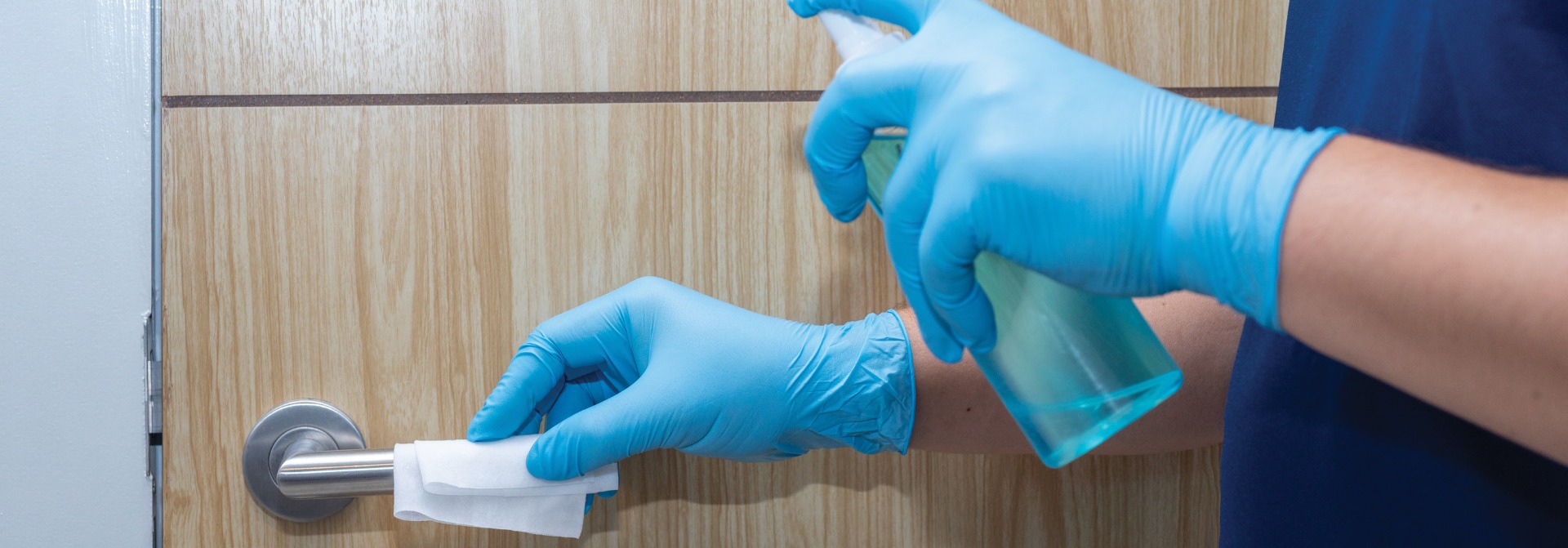
Disinfecting
Disinfecting is the third and highest level of cleaning. Disinfectants do more than remove germs from surfaces. Disinfectants use strong chemicals to sterilise the surface by effectively killing all microorganisms, such as harmful bacteria and viruses.
Disinfecting is usually reserved for areas considered high-risk or in times of outbreaks. Work environments that cater to people who are ill such as hospitals or healthcare facilities, will routinely disinfect areas where there is an increased risk of infections or viruses spreading among patients and employees.
Our RapidClean Lemon Fresh Disinfectant is a commercial-grade disinfectant formulated to clean, disinfect, and deodorise. With built-in detergent, it is ideal for cleaning and disinfecting all hard surfaces and protecting against germs and bacteria.
Disinfectants can include sprays or wipes that target and destroy pathogens which can lead to severe illnesses. Our Vira Clean Hospital Grade Disinfectant is ideal for disinfecting surfaces, as it can kill a broad range of bacteria and viruses, including COVID-19.
Common areas that may require disinfecting include high-traffic areas and surfaces regularly touched by multiple people, like handrails, doorknobs, or anywhere someone has been ill.
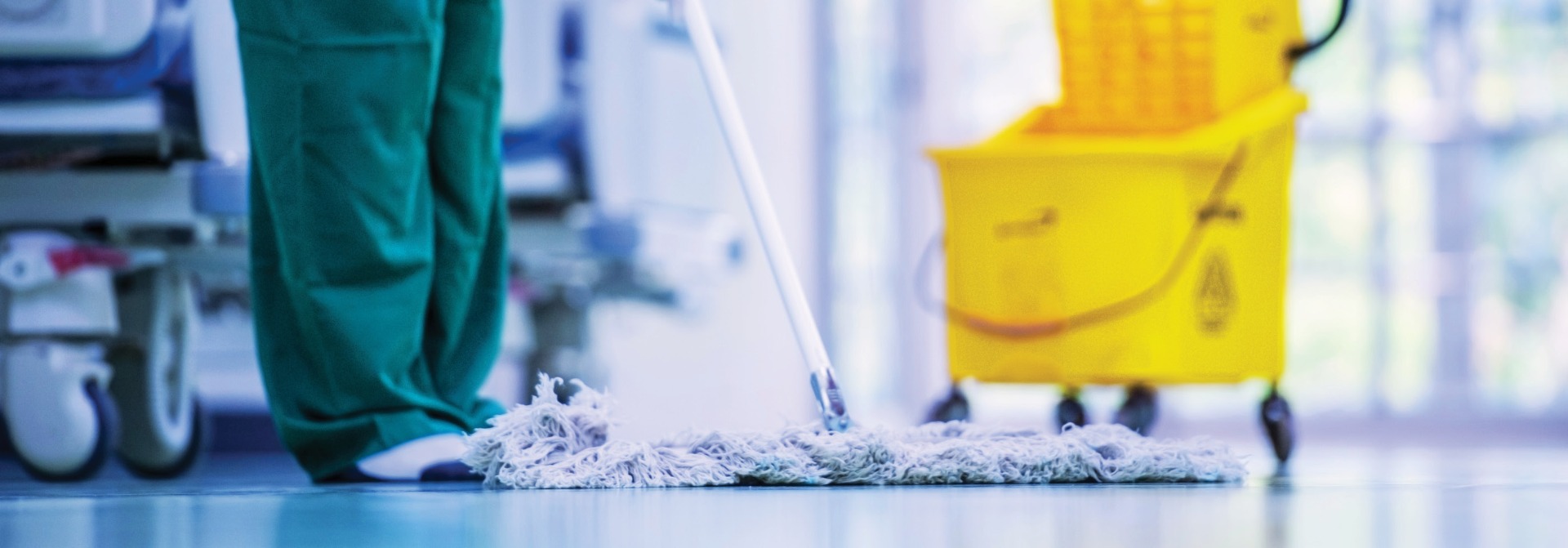
Now that you know the difference between cleaning, sanitising and disinfecting you can confidently choose the right cleaning products for your business. The needs of your business and the level of foot traffic and interactions will help you determine when and where you need to initiate each level of cleaning.
If you need assistance determining the best products for your cleaning needs, contact our friendly WS Whereabout Supply team on 07 3902 0900 or [email protected].

